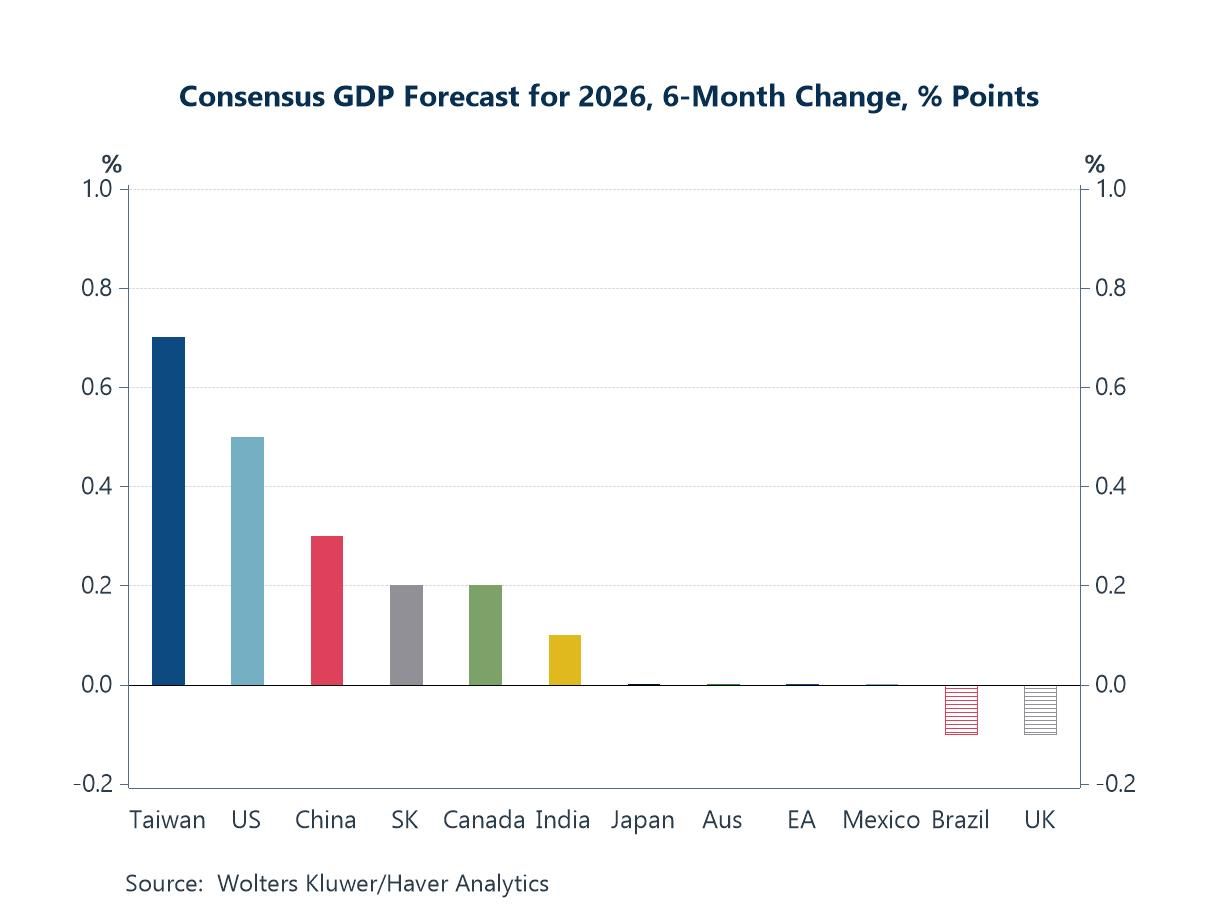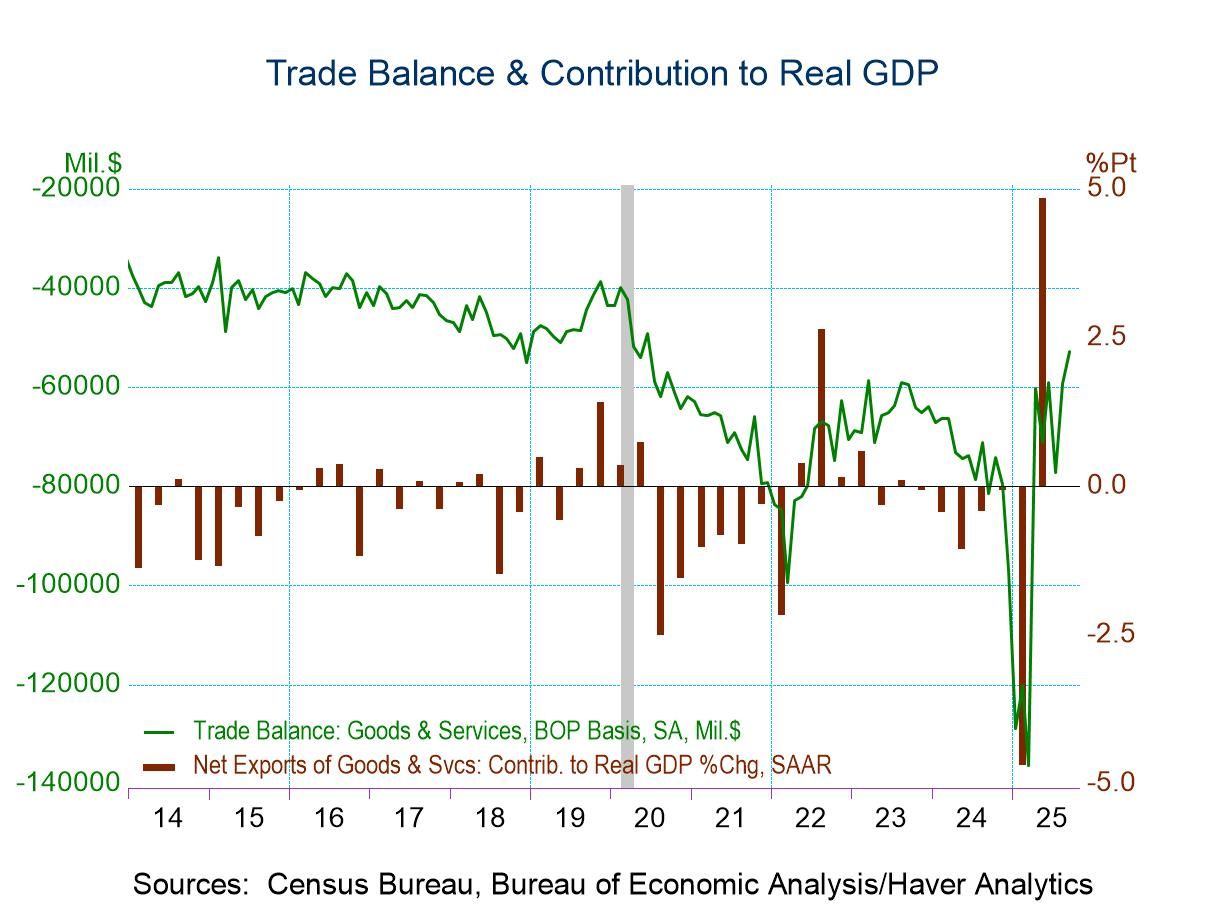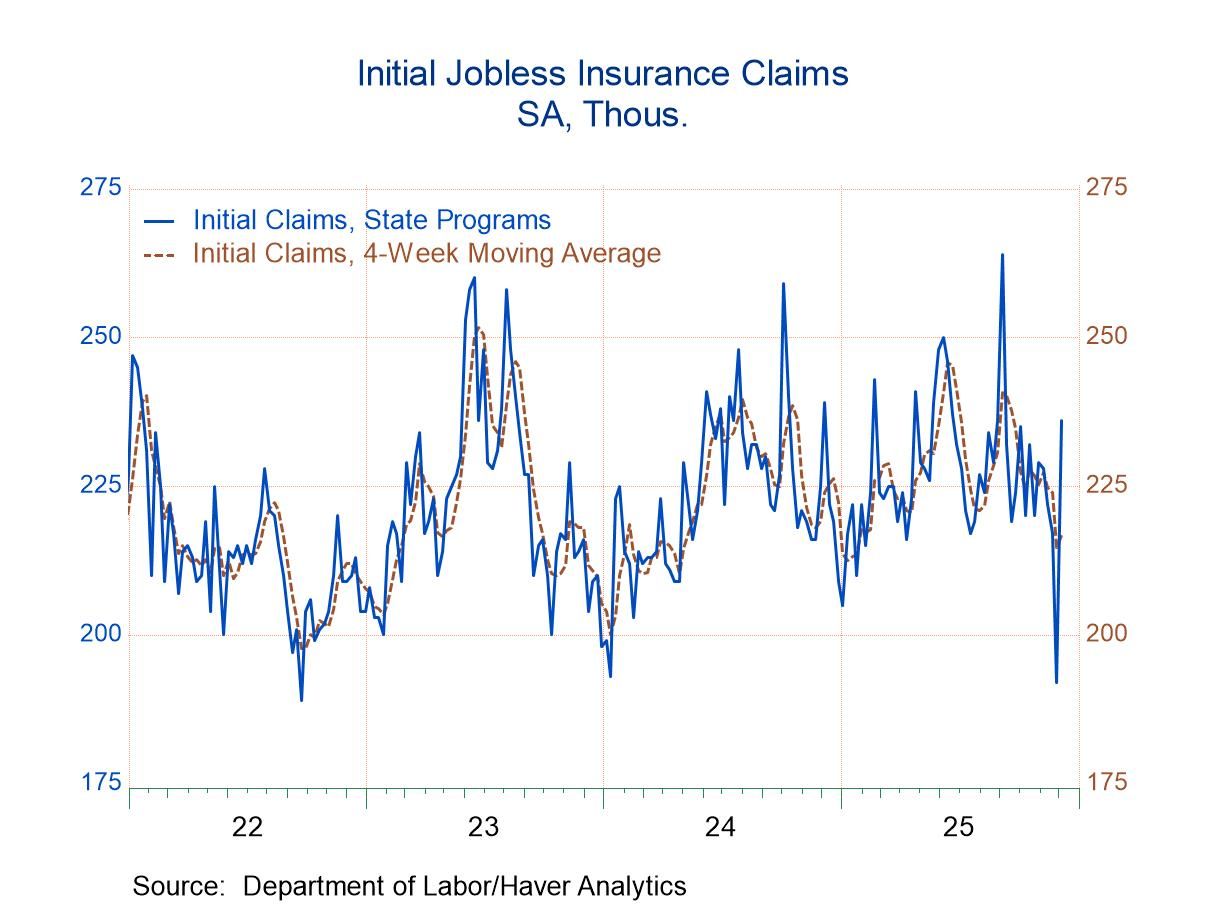German IP Falls in July

Industrial production in Germany fell again in July, although the pace of decline let up from June. Industrial production fell by 0.8% in July following a 1.4% decline in June and a 0.1% decline in May; industrial production has fallen for three months in a row and in four of the last five months. Manufacturing output accelerated its decline, falling by 1.8% in July after falling by 0.9% in June. Manufacturing production had risen by 0.2% in May.
All three major sectors showed declines in output in July with consumer goods output falling by 1%, capital goods output falling by 2.9%, and intermediate goods output falling by 0.7%. This compares to June when only capital goods output fell, dropping by 3.3% while consumer goods output increased by 2.2% and immediate goods output edged ahead by 0.3%.
Sequentially, however, output continues to weaken as the 12-month growth rate is -2.2%, the six-month pace is -5.4% and the 3-month pace is -9.1%. Manufacturing mimics these declines with a 1.5% decline in output over 12 months, a 4.5% annual rate decline over six months, and a 9.5% annual rate decline over three months.
The construction sector drops in July, but it's sequential output path shows the deteriorating trend with construction output rising 0.8% over 12 months, falling at a 1.2% annual rate over six months and accelerating the decline to -3.5% annually over three months. Overall industry, manufacturing, and construction, deliver declining trends and declining trends that accelerate.
Real manufacturing orders and real sales in manufacturing both fell in July. Real sales fell for the second consecutive month-to-month decline; however, both real manufacturing orders and real sales show positive growth and a pickup over three months compared to six months, failing to echo the accelerating downtrend that we see for output overall and for manufacturing and construction in the industrial production report.
Industrial indicators for Germany show greater weakness in July compared to June for the ZEW current index, the IFO manufacturing index, IFO manufacturing expectations, and the EU Commission industrial index. The industrial indicators do not echo the decelerating trend from 12-months to six-months to three-months that we see for industrial output. However, each of these manufacturing measures is weaker over three months than it was over six months, indicating a greater move towards weakness over the last half year or so although not stretching the trend back to 12-months.
There are some early output data available for Portugal and Norway in July. Portugal shows output increase in July while Norway shows a decline. Norway shows industrial output falling in June; however, both Portugal and Norway demonstrate output declines over 12 months and worse declines over six months. But that trend transitions into growth over three months. Portugal shows output growing at a 10.7% annual rate over three months while Norway barely eeks out any gains at all rising at a 0.3% annual rate.

On balance, the quarter-to-date data in the table all show weakening up and down the line; the only exception in the table is for Portugal. The quarter to-date-data are nascent right now with only one month of the new quarter available - so these calculations are looking at the growth rate in July over the second quarter average properly compounded to an annualized rate of growth. On a longer comparison, German output in each sector is below where it was in January 2020 just before COVID struck. All manufacturing orders are weaker and real sales are weaker as well. Industrial indicators are all weaker than they were on that timeline. Portugal and Norway both show industrial output weaker on that timeline. While some of the news headlines about German industrial output in July have highlighted the lesser rate of decline for output in July compared to June, it seems to me that the overwhelming message in this report is that of still substantial and ongoing weakness in Germany. Three declines in a row for overall output and a more aggressive monthly drop for manufacturing in July compared to June. Weakness sweeps across all sectors and all the indicators and leaves Germany in a deep hole to start the third quarter period as the QTD data demonstrate. The industrial indicators echo this growing weakness. On balance, the report is grim more for the trends and the breadth that it reveals than for the picture of growth in July itself. One month is just one month, but when it is part of an evolving dark picture that is more disturbing.
Robert Brusca
AuthorMore in Author Profile »Robert A. Brusca is Chief Economist of Fact and Opinion Economics, a consulting firm he founded in Manhattan. He has been an economist on Wall Street for over 25 years. He has visited central banking and large institutional clients in over 30 countries in his career as an economist. Mr. Brusca was a Divisional Research Chief at the Federal Reserve Bank of NY (Chief of the International Financial markets Division), a Fed Watcher at Irving Trust and Chief Economist at Nikko Securities International. He is widely quoted and appears in various media. Mr. Brusca holds an MA and Ph.D. in economics from Michigan State University and a BA in Economics from the University of Michigan. His research pursues his strong interests in non aligned policy economics as well as international economics. FAO Economics’ research targets investors to assist them in making better investment decisions in stocks, bonds and in a variety of international assets. The company does not manage money and has no conflicts in giving economic advice.





 Global
Global
